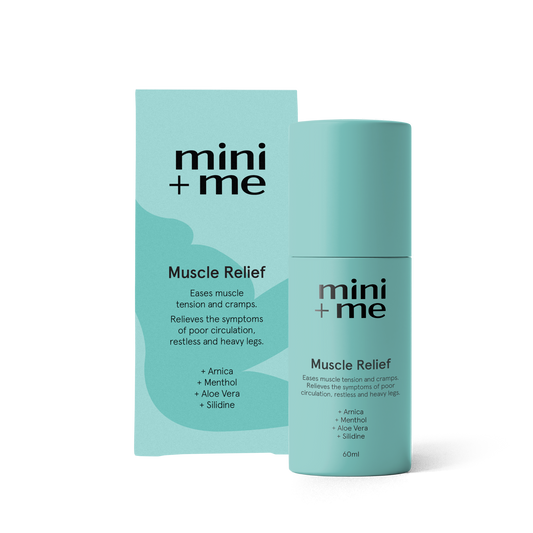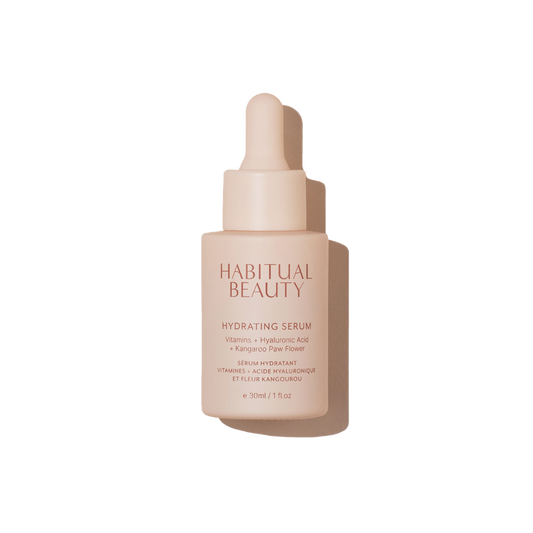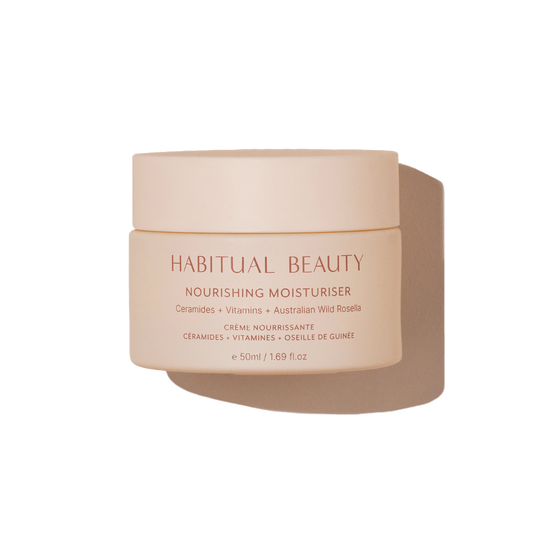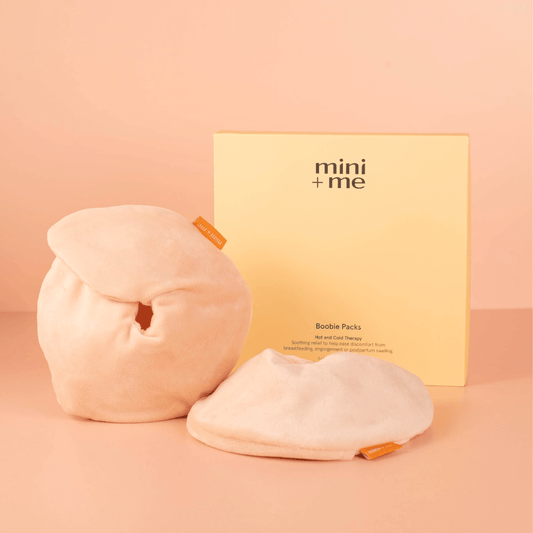Pregnancy is surrounded by advice, stories, and a fair share of myths. Here’s a look at some of the most common pregnancy myths-and what science actually says.
1. The Truth Behind the “Pregnancy Glow”
Myth: Is “The glow” just sweat?
Fact: The pregnancy glow is real and not simply the result of sweating. Increased blood volume and hormonal changes during pregnancy boost circulation and oil production, making your skin appear more radiant and flushed. While you might feel warmer or sweat more, the glow is a genuine physiological effect.
2. Do Babies Run Out of Room and Move Less?
Myth: Babies stop moving as much at the end of pregnancy because they run out of room.
Fact: As your baby grows and space becomes limited, the type of movement may change (less kicking, more rolling), but the amount of movement should not decrease. If you notice a drop in your baby’s movements, contact your healthcare provider.
3. Can You Tell Baby’s Gender from Belly Shape?
Myth: The shape or height of your belly predicts your baby’s gender.
Fact: There’s no scientific basis for this myth. Belly shape is influenced by factors like your baby’s position, your body type, and muscle tone-not gender. Only medical tests like ultrasounds or blood tests can accurately determine your baby’s gender.
4. Is Morning Sickness Really Just in the Morning?
Myth: Nausea only happens in the morning.
Fact: “Morning sickness” is a misnomer. Nausea and vomiting can occur at any time of day or night, and for some women, it can last well beyond the first trimester-even up to delivery in rare cases.
5. Should You Worry About Decreased Movement Near Labor?
Myth: It’s normal for babies to move less at the end of pregnancy.
Fact: While the way your baby moves may change, the frequency should not decrease. Any noticeable reduction in movement should be discussed with your healthcare provider.
6. Do You Need to “Eat for Two”?
Myth: Pregnancy means you need to double your food intake.
Fact: You do not need to eat for two. Most women only need a small increase in calories, especially in the second and third trimesters. Overeating can lead to complications like gestational diabetes and excessive weight gain.
7. Is Colouring Your Hair Unsafe While Pregnant?
Myth: Hair dye is unsafe during pregnancy.
Fact: Most research shows that colouring your hair is safe during pregnancy, especially after the first trimester. If you’re concerned, consider highlights or use hair dye in well-ventilated areas.
8. Do You Have to Avoid Coffee Completely?
Myth: Pregnant women must avoid all coffee.
Fact: Moderate caffeine intake (up to 200 mg per day, about one 12-ounce cup of coffee) is considered safe during pregnancy. Excessive caffeine should be avoided, but you don’t have to skip your morning cup.
9. Does Eating Sugar Cause Gestational Diabetes?
Myth: Eating sugar causes gestational diabetes.
Fact: Gestational diabetes is caused by hormonal changes that affect insulin, not by eating sugar alone. However, a balanced diet remains important for all pregnancies.
10. Does Heartburn Mean Your Baby Will Have a Lot of Hair?
Myth: Heartburn means your baby will be born with lots of hair.
Fact: Most heartburn is due to hormonal and physical changes in pregnancy. However, one small study did find a possible link between heartburn and babies born with more hair, but this is not a reliable predictor for everyone.
11. Can Pregnancy Change Your Voice?
Fact: This one is true. Some women experience swelling of their vocal cords during pregnancy due to hormonal changes, which can temporarily alter their voice. This usually resolves after delivery or breastfeeding.
12. Can Pregnancy Permanently Change Your Feet?
Myth: Pregnancy can make your feet bigger-and the change is permanent.
Fact: This is true for many women. Scientific studies confirm that pregnancy can permanently change the size and shape of your feet. The combination of increased weight, swelling, and hormonal changes (especially the hormone relaxin, which loosens ligaments) can flatten the foot’s arch and increase foot length by 2 to 10 millimeters-sometimes up to a full shoe size. For about 60–70% of women, these changes persist months after delivery, especially after a first pregnancy. This may help explain why women are at higher risk for foot pain and arthritis later in life.
Summary Table: Fact vs. Fiction
| Myth | Verdict | Science Says... |
| Pregnancy glow is just sweat | False | Real physiological changes cause the glow |
| Babies run out of room and move less | False | Movement type changes, but frequency should not decrease |
| Belly shape predicts gender | False | No scientific basis; only medical tests are accurate |
| Morning sickness only in the morning | False | Can occur any time, even all day |
| Eating for two | False | Only a small calorie increase is needed |
| Can’t color hair while pregnant | False | Generally safe, especially after first trimester |
| No coffee allowed | False | Moderate caffeine is safe |
| Sugar causes gestational diabetes | False | Caused by hormones, not sugar alone |
| Heartburn means baby has hair | Mostly False | Weak evidence; usually unrelated |
| Pregnancy changes your voice | True | Hormonal changes can temporarily alter your voice |
| Pregnancy can permanently change feet | True | Feet often become longer and wider, and changes may last |
Cart is Empty
Your Cart is Empty
- Choosing a selection results in a full page refresh.
- Opens in a new window.












